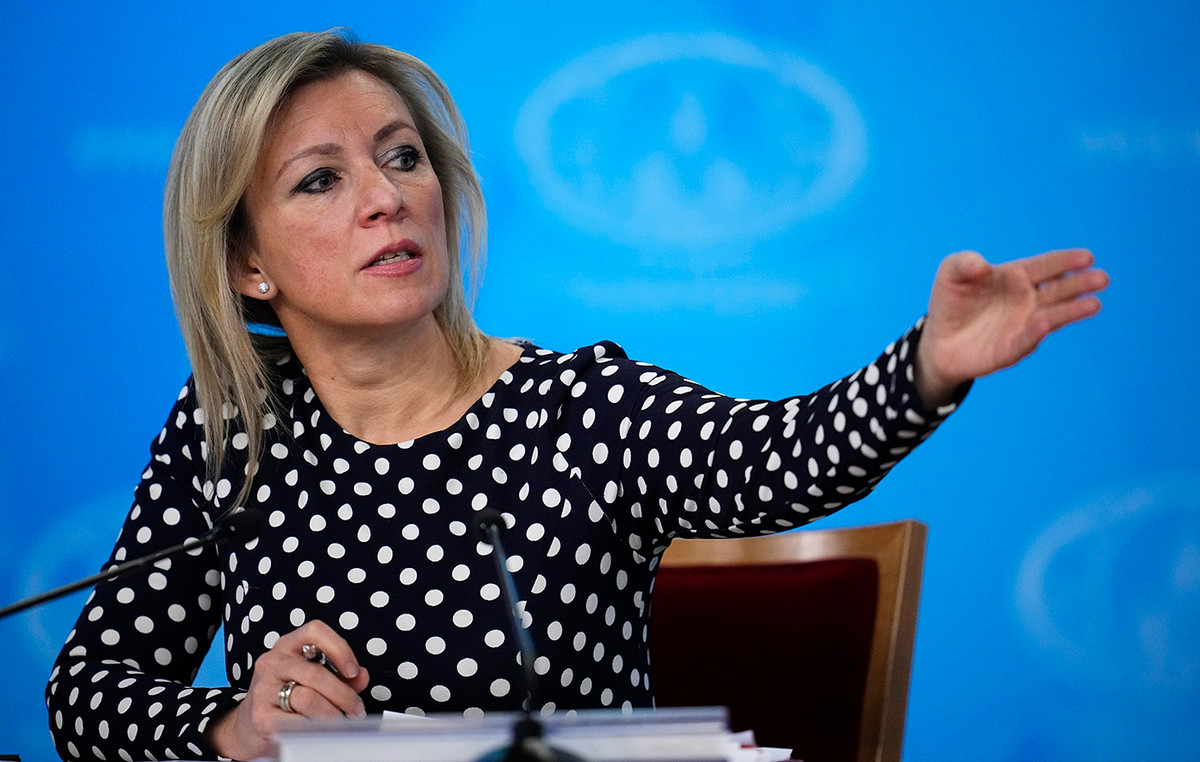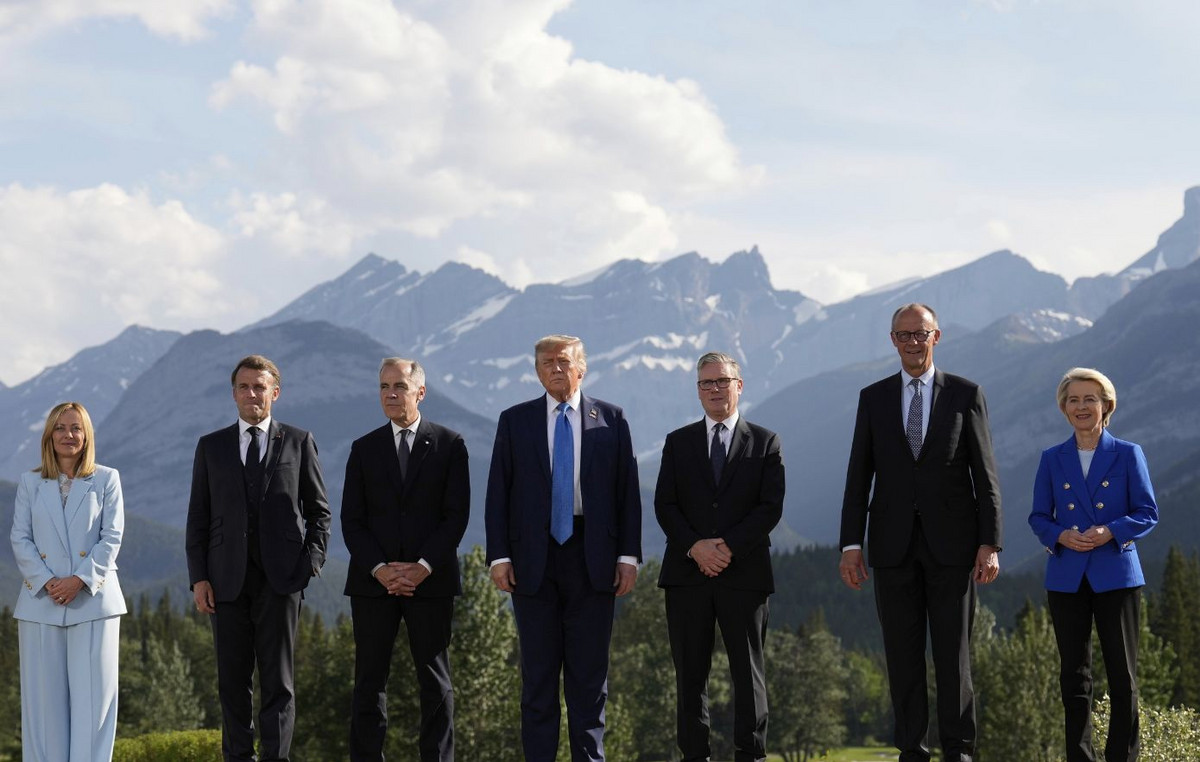The effort is evidently to bring up the curve of the birth rateheavily downhill in South Korea, the country with the lowest birth rate in the world: less than one child per woman, 0.81 in 2021 when the number needs to be higher than two for generational turnover. The lever chosen by the Seoul government is that of extending the period of parental leave.
Under a plan announced Monday by South Korea’s Labor Minister Lee Jeong-sik, every parent should be able to ask up to one and a half years of parental leave, compared to the current year. Both parents can take this period of leave if they are workers.
The date for the vote on this proposal has not been set, but when it is confirmed it will lead to South Korea having the longest parental leave in the world surpassing the Japan where, however, only 13% of men decide to use it compared to over 80% of women. This political choice is the latest in a series of initiatives that have had no effect. Seoul has spent more than $200 billion on childcare subsidies over the past 16 years and has not reversed the trend.
Missing, in South Korea as elsewhere, the possibility of a balanced management between private and working life. In particular, working hours are long in a country where leisure tends to be frowned upon, and the cost of living is high. The path of leave for both parents was chosen to bring greater balance to the distribution of housework and care. According to various studies, parental leave can help improve the mental health of couples and the relationship with newborns.
Since paid parental leave was first introduced in South Korea in 2001, the number of employees taking it has steadily increased. In 2007, 310 fathers took paid leave, in 2019 they became 22,297 and over 29,000 in 2021.
South Korean law currently allows couples to take parental leave before the child is eight years old. For the first three months, full-time, couples get to receive the80% of their monthly earnings, for the remaining nine the salary is halved. We still don’t know what it will be like for the 18 months of the new law.
Parental leave will also change in Italy in 2023 with the aim of improving sharing of family responsibilities, gender equality, work-life balance, as well as providing financial support to families and fighting the falling birth rate. However, the numbers are halved compared to the Korean proposal. With the latest reform, the total duration of parental leave for single parents goes from 10 to 11 months. The total number of months of parental leave with 30% salary if there are two parents rises from 6 to 9. Each parent can use up to 6 months. The age of the child within which parents can take parental leave rises from 6 to 12 years. One of the months to be used within the sixth year of the child’s life is compensated at 80% and not at 30% for one of the two parents. For fathers, the compulsory leave of 10 days remains.
– It’s not Francesca, but neither is Giuseppe: how the names of Italians have changed
– Istat, low birth rate alarm: fewer and fewer children are being born in Italy
Source: Vanity Fair
I’m Susan Karen, a professional writer and editor at World Stock Market. I specialize in Entertainment news, writing stories that keep readers informed on all the latest developments in the industry. With over five years of experience in creating engaging content and copywriting for various media outlets, I have grown to become an invaluable asset to any team.







